
Faves, in my humble opinion, of course. My best efforts OR my favourites—not always exactly the same thing…. They’re in alphabetical order for now. Who knows how this post may change over time?
By the way, the term passerine in the title is not technically correct for all the birds you find in the “Passerines” posts. “Most songbirds [passerines] have three forward-facing toes and one backward-facing toe. Most woodpeckers, however, have two toes facing forward and one facing back. This is known as a zygodactyl foot and allows woodpeckers to easily climb and grasp trees and other structures. Woodpeckers move up a tree by hopping and depend on their especially stiff tail feathers to serve as a prop. They work their way up a tree, peering and poking into every nook and cranny, and then either fly in an undulating fashion to a new area or glide down to a neighboring tree to begin their foraging anew.” (Cornell Lab of Ornithology) There are even some birds that do have the requisite number of toes but are still not considered passerines. As you go through the parts, you find out which….
There will separate posts for “water birds” and “raptors”….
All of these photos, incidentally, can be enlarged just by clicking on them. Where photos are in a group, close the viewer by clicking the x in the upper right. Play around a bit; find a second way of making them even bigger! Look in the lower right!
We begin with a bird familiar to many people across North America, at least the inhabited portion of it, the American Goldfinch. It’s uncommon in Northern BC. but abundant in my neighbourhood in the Okanagan Valley. I’ve selected two brightly coloured males, one a juvenile, in breeding season plumage. They look quite different in winter when we’re still lucky enough to have their presence, especially at home feeders, or on specific tree species like Water Birches.
This American Redstart was a complete surprise. That is, we had hoped to see one about 400 km northwest of this location, then missed the chance to go there because of weather. Here, we were just camping with the grandkids for one night, and when this fella appeared in the low light of the late afternoon, we were ecstatic, even though the photo opp was minimal. He was still around in the very light rain of the next morning. So…this is clearly not a great shot, but a favourite that all four of us who got to observe him will cherish!
Every year, Canadians from coast to coast are treated to a great array of American Robins. Here are few of my favourite takes of those who live in our neighbourhood.
Another of my favourite birds in the Okanagan is the Black-billed Magpie. There are many who do not share my opinion, however. I see them as beautiful and useful scavengers for the most part. Their critics, however, are horrified that they attack the nests and fledglings of other songbirds. I have yet to see them doing so, but even if I did, I would say that they are only doing what they have evolved to do to survive in and to contribute to the ecosystem they share.
I love their social antics, their intelligence and their wiliness…. I’ll feature them in a post sometime in 2017….
Many of our passerines are named for their colours, at least on some part of their anatomy. Interesting to me, two of our blackbirds are named for other colours and one is named for a person, and that’s the one that makes it into this B section of this blog.
Black-capped Chickadees are always fun to work with, I think. Because they’re a pretty plain species, the challenge is find them in an interesting pose with a bokeh that allows them to shine.
Black-headed Grosbeaks are less common in the Okanagan, in my experience, than at The Coast. I felt lucky in the spring, while seizing the opportunity to explore Mill Creek Park while our vehicle was being serviced nearby, to find an adult bird and to coax him down from his treetop perch to something more accessible to the camera. I was even luckier in the autumn, when showing my younger son around Mission Creek Greenway, we came across a juvenile BHGR, a first for both of us!
While the group below are also fascinating to me, I realize that many humans do not share my enthusiasm. Brown-headed Cowbirds are vilified as brood parasites. They lay their eggs in other birds’ nests and expect the other species to raise the offspring, even if it grows faster and larger than the parents’ own chicks. Again, I think we should just accept that this is Nature’s Way, and not attach our own values to species that might have their own misgivings about ours! BHCOs are easily overlooked unless we happen to be in their breeding territory in which case they’ll let us know very vigorously that we’re the problem! I enjoy both of the species in this set for their iridescent plumage and, if you’re lucky enough to see them, their breeding high jinks. The Brewer’s Blackbird, at the bottom of this collage, is often taken for granted unless you see the male in the right light which unleashes the myriad of colours that go into his blackness. Or if you happen to find yourself near a nest which this species defends very aggressively, even against human trespassers!
The final pair of B-birds were a special gift! Although it is possible to see Bullock’s Orioles (the western equivalent of the Baltimore Oriole of eastern North America), they’re not as easy to come across as up here in the Okanagan. My wife and I had been chasing them up here for several summers, gradually finding them closer to Kelowna, but still not easy to get close to. In the fall of 2015, as the trees shed their summer foliage, I happened to notice in a spot not too far from home a number of Oriole nests. As soon as I spotted a BUOR in another area in the second week of May, I went back to where I had seen the nests. Sure enough, there were BUORs galore! I subsequently found them even closer to home, within easy walking distance, but they didn’t stick around long. I hadn’t seen them in this last area the previous spring, but I have my fingers crossed for next year!
So that’s A—B. I’ll continue to work my way through over the next few posts. A great way to spend the worst of the short days of the New Year….




































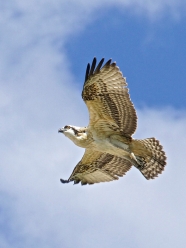















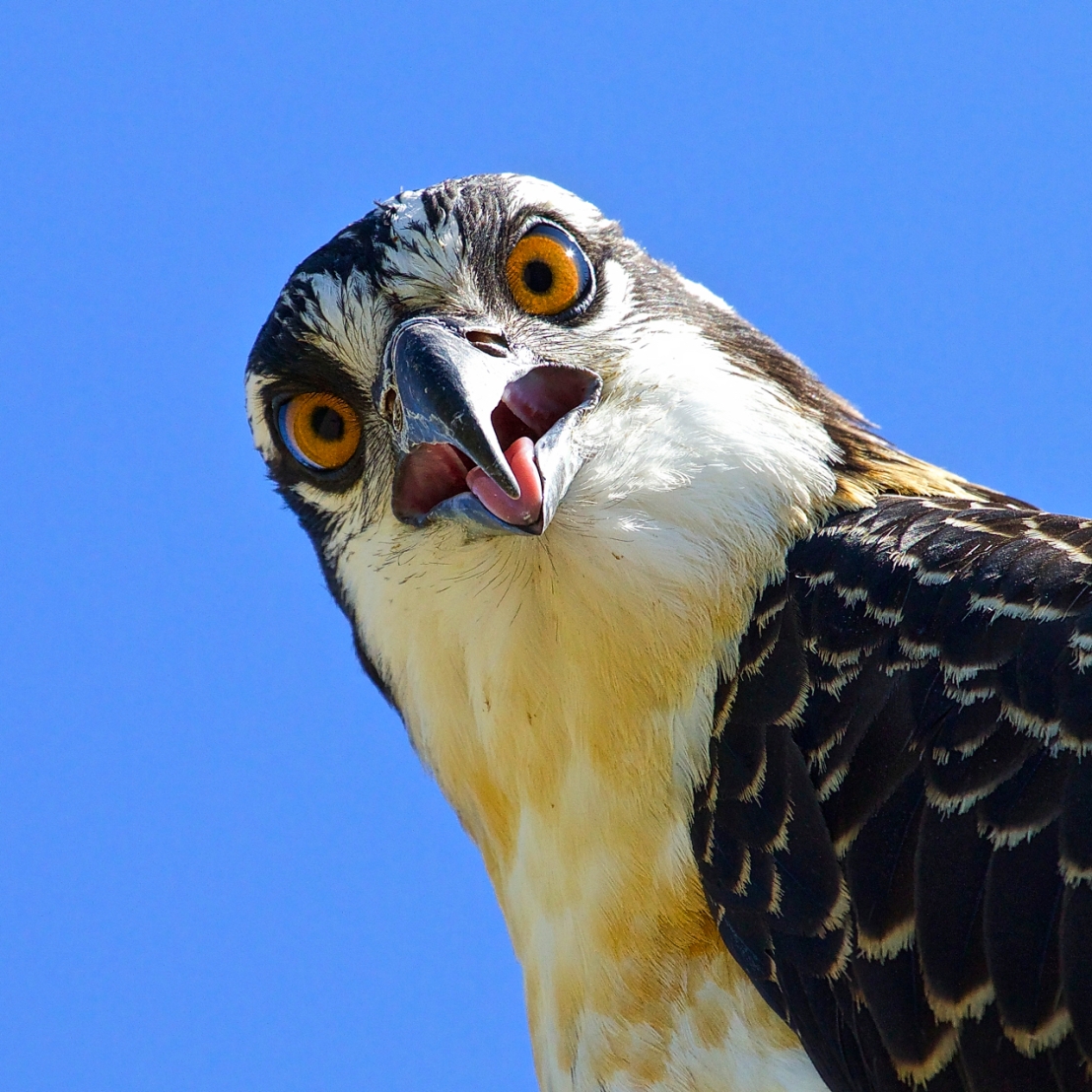





























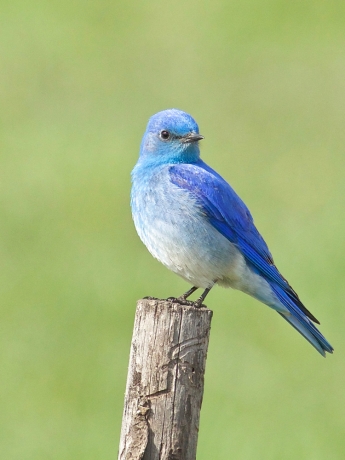

















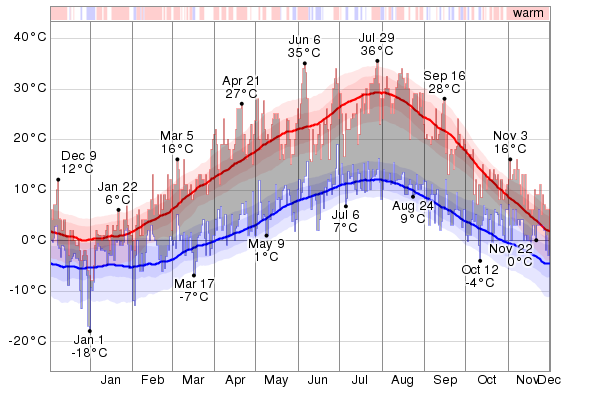

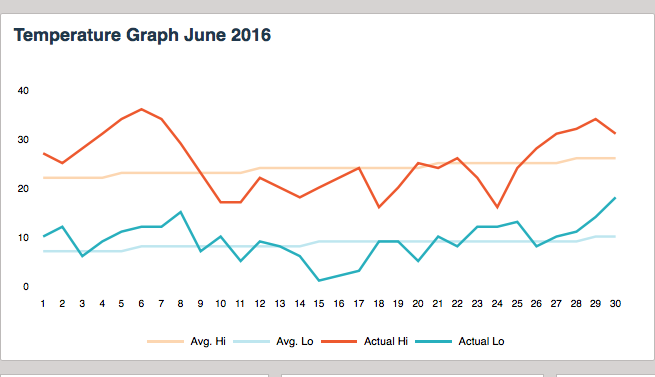

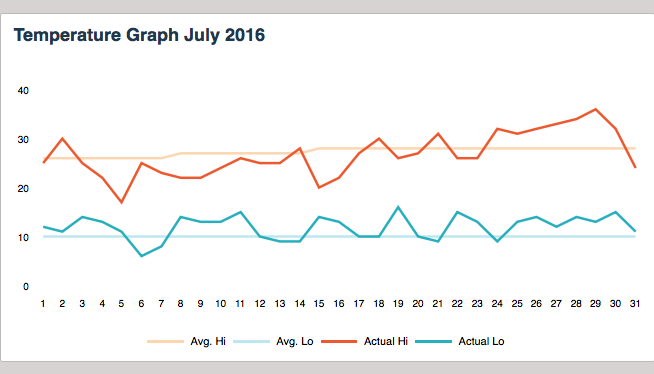

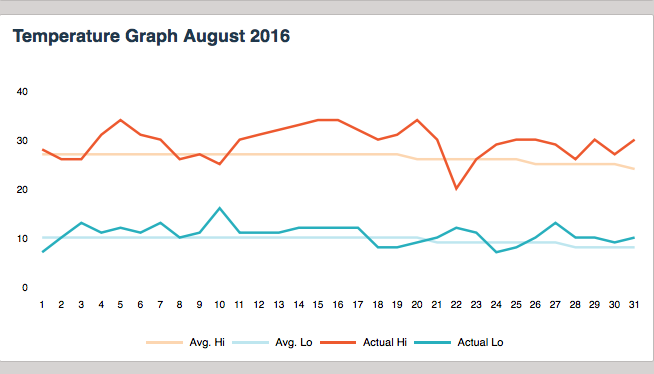









































 Stage 2 [not yet started, Dec. 2016] will restore important
Stage 2 [not yet started, Dec. 2016] will restore important



